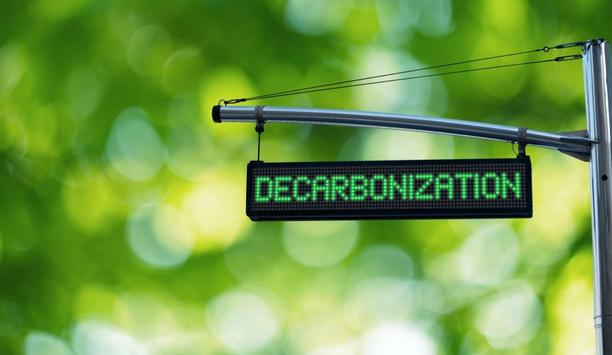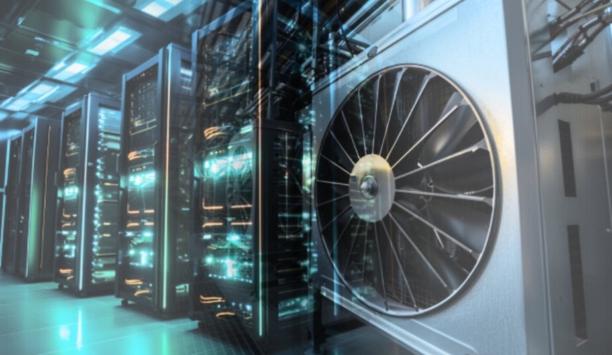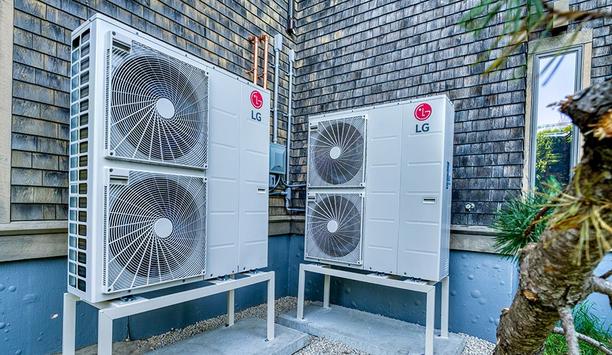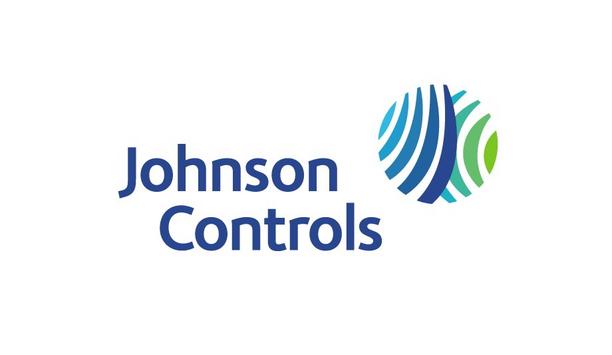Daikin Applied has introduced the Magnitude® WME-D, a next-generation water-cooled centrifugal chiller featuring a two-stage, oil-free compressor and low-global warming potential (GWP) R-515B refrigerant.
With an optimized compressor-refrigerant combination, the WME-D improves performance for up to 40% more energy savings than traditional fixed-speed compressors.
low-GWP refrigerant
The combination of a low-GWP refrigerant and enhanced efficiency allows building owners and operators to accelerate their decarbonization efforts while experiencing the best performance in the market compared to similar chillers.
“We are consistently working to provide sustainable, high-performance solutions,” said Jim Macosko, vice president of product and sustainability solutions at Daikin Applied. “With the introduction of the Magnitude WME-D, customers can continue to experience unparalleled reliability and efficiency while reducing the environmental impact of their building and HVAC systems.”
Variety of features
The WME-D provides a variety of features to deliver energy-efficient and industry-pioneering performance:
Flexibility to Serve a Broad Range of Applications
WME-D chiller offers unique cooling and heating abilities, providing 250-450 tons (900-1,600 kW) of cooling
The WME-D chiller offers impressive cooling and heating capabilities, providing 250-450 tons (900-1,600 kW) of cooling and 3600-5300 MBH (1,000-1,550 kW) of heating. This dual capability eliminates the need for separate heating equipment.
Its ultra-wide operational envelope allows for a range of functionalities, including free-cooling, inverted duty operation, evaporator leaving water temperatures up to 70°F, condenser entering water temperatures as low as 40°F, and operation down to 10% capacity without the need for a hot gas bypass.
New construction and retrofit projects
Additionally, while most chillers only allow control of the evaporator leaving water temperature for cooling, the WME-D provides the option to control the condenser leaving water temperature for heating, achieving temperatures up to 126 F.
The chiller's compact footprint delivers high efficiency and space optimization — the best of both worlds — making the chiller ideal for both new construction and retrofit projects. Engineered with a small footprint and high configurability, the WME-D is perfect for schools, healthcare facilities, data centers, and office spaces that have similar conditioning needs.
Improved Energy Efficiency and Longevity
Daikin's magnetic bearing compressor technology outperforms formal centrifugal chillers
Daikin Applied's two-stage, magnetic bearing compressor technology outperforms traditional centrifugal chillers, reducing carbon emissions through decreased electrical requirements.
With oil-free operation and minimized mechanical wear and tear, the WME-D offers increased reliability and longevity.
Low-GWP Refrigerant with Increased Performance
The WME-D chiller is designed with low-GWP refrigerant R-515B, aligning with Daikin's commitment to providing sustainable solutions without compromising performance.
The chiller boasts the best performance in the market relative to other chillers using R-515B refrigerant, excelling in both full-load efficiency and integrated part-load efficiency.

















